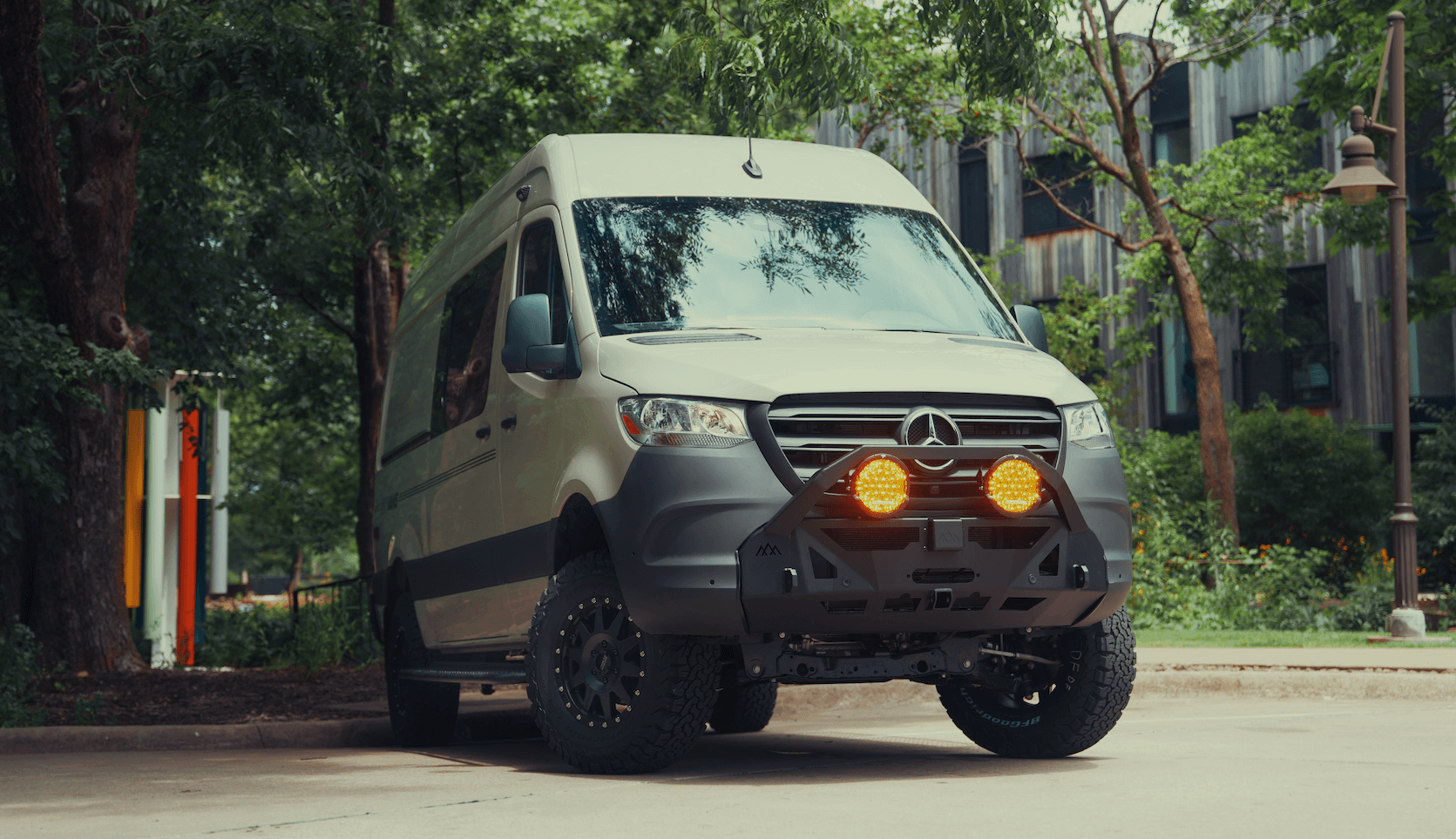Recreational Vans

The decision comes down to temperature control, moisture management, space, and power. A soft sided cooler relies on ice to keep contents cold. Performance depends on insulation, ambient heat, and how often you open it. Melted ice turns to water, which can soak packaging and lower real world cooling. A portable compressor fridge runs on 12 volt power and actively maintains a target temperature. That means less fluctuation, longer safe storage for meat and dairy, and no mess from meltwater.
Food safety sits at the center of the comparison. Perishable foods should stay at or below 40 degrees Fahrenheit. Coolers can do it for a while, but ice melt and warm air exchange make consistency hard. Fridges hold steady even during long drives or hot afternoons, which helps reduce waste and last minute store runs.
Capacity feels different in practice. A cooler’s internal volume partly disappears under ice bags. A fridge uses all its interior for food and drink. On short trips that gap is small. On a five day route the difference becomes clear, especially if you rely on fresh ingredients instead of shelf stable meals.
A soft sided cooler wins on simplicity. It is light, collapsible, easy to carry to the river, and never needs wiring. The tradeoff is a cycle of ice purchases, drain management, and meltwater. If you pack raw meat or greens, plan on sealed containers and towel layers to keep items out of water.
A compressor fridge removes ice from the equation. Typical draw ranges from 20 to 40 amp hours per day for many 40 to 60 liter units, depending on ambient heat, setpoint, and how often you open the lid. With a modest lithium battery and roof solar, that is very manageable. The payoff is predictable cold, faster access, and clear food organization. Upfront cost is higher, and you need a secure mount and proper wiring to prevent voltage drop.
Noise and reliability are practical details. Modern portable fridges use quiet compressors and soft start electronics. Most run whisper soft with brief cycles. Coolers are silent but need regular drainage. In rough terrain, a strapped fridge rides securely and does not slosh. A soft sided cooler can bounce, compress, or spill meltwater if not contained.
Total cost of ownership flips as trip length expands. Coolers are inexpensive to buy but consume a steady budget in ice and lost food when things get soggy. Fridges cost more on day one but reduce ongoing expenses and save time by eliminating daily ice hunts in remote areas.
Pair a 12 volt fridge with a right sized battery, solid wiring, and solar so you arrive at camp with plenty of reserve. A dedicated circuit, proper gauge wire, and smart fusing protect both the fridge and your power system.
Set the target temperature and forget it. Use baskets or dividers to separate produce, proteins, and drinks. This keeps cold air in and helps you grab what you need quickly.
Look for vibration dampening mounts and locking slides. A quiet compressor and fixed tie downs make long washboard stretches feel civilized.
Pick a soft sided cooler if you take quick overnight trips, haul it to the beach or river often, and do not want any electrical planning. It shines for picnic duty and ultralight weekends where ice is easy to buy and you are not banking on fragile perishables.
Choose a portable fridge if you travel more than two days, cook fresh meals, or camp off grid. The stable temperature protects food, cuts down on waste, and frees space otherwise occupied by ice. For mixed use, some travelers carry both. A small soft cooler handles day trips away from camp while the fridge anchors the base kitchen inside the van.
For crews with kids, athletes, or pets, a fridge helps keep medication, recovery drinks, and pet food at safe temps without daily ice runs. If you ride early or fish late, cold storage that is ready at dawn saves time and hassle.
Building a van around either option requires smart layout. Coolers like open floor space and easy lift out paths. Fridges benefit from slide mounts at hip height, vented enclosures, and nearby power with clean routing. Think about door swing, galley height, and airflow so the compressor breathes well.
Now, if you are moving past theory and want a setup that just works inside a purpose built van, that is where OZK Customs steps in. Our team designs and installs 12 volt power, solar, and ventilation that match your trip profile, then integrates your cooling choice into a functional galley with secure mounts and smooth access. Whether you prefer the simplicity of a soft sided cooler or the consistency of a compressor fridge, we can frame cabinetry, routing, and storage so the kitchen feels natural on day one and day one hundred.
We build and deliver from Fayetteville Arkansas, with handoff support at our Adventure Point lounge so you leave confident in every switch and system. If you are ready for a van that treats cold storage as a system, not a guess, let us map it to your routes and seasons.
Strong next steps:
Ready to stop guessing and start building the right system for your travel style. OZK Customs designs and installs integrated fridge, power, and storage solutions inside purpose built vans. Share your trip length, crew size, and gear list and we will blueprint a setup that keeps food safe, power steady, and space efficient. Submit the form and let our team turn your plan into a road proven build.
ADDRESS:
6159 E Huntsville Rd, Fayetteville, AR 72701
PHONE:
(479) 326-9200
EMAIL:
info@ozkvans.com